Nevertheless, he was ordered to join Washington's army in Pennsylvania with the few recruits he had. Higgins made it back to camp just in time to be captured by the enemy at Germantown on October 4. War was not a new experience for Higgins when he first signed up with Captain Westfall. According to Samuel Kercheval's 1833 History of the Valley of Virginia, he first experienced it as a boy in the French and Indian War. In 1756, while the Indians were lurking about Fort Pleasant and constantly on the watch to cut off all communication therewith, a lad named Higgins, aged about twelve years, was directed by his mother to go to the spring, about a quarter of a mile without the Fort, and bring a bucket of water. He complied with much trepidation, and persuaded a companion of his, of about the same age, to accompany him. They repaired to the spring as cautiously as possible, and after filling their buckets, ran with speed towards the Fort, Higgins taking the lead. When about half way to the Fort, and Higgins had got about thirty yards before his companion, he heard a scream from the latter, which caused him to increase his speed to the utmost. He reached the Fort in safety, while his companion was captured by the Indians and taken to the settlements, where he remained until the peace, and was then restored. After the war, Higgins built a log house in Moorefield, West Virginia, which is still standing and in good condition. It is the second-oldest building Moorefield. He built it sometime between 1786 and 1788. The clapboard siding is not a modern addition. Until the 20th century, log houses were routinely given siding if and when the owners could afford it. Higgins only lived in this house for a few years before heading farther west to Kentucky and then founding Higginsport, Ohio. The Higgins House is open once a year in September for Moorefield Heritage Days. The photographs below were shared by longtime Moorefield resident Judy Rice, who grew up next-door in an addition that has since been removed. To read more about Captain Higgins, read this article at the Kentucky Society of Sons of the American Revolution website. To read more about 18th and 19th century log cabins, view this essay from the National Park Service. Thanks to Judy Rice for additional information and for the photographs below. (Updated April 22, 2020) Read More: "The Cost of Fog and Drunkenness" (10/3/15) More from The 8th Virginia Regiment
4 Comments
See “Grand Division Standard” (June 20, 2022) for an updated and corrected version of this post.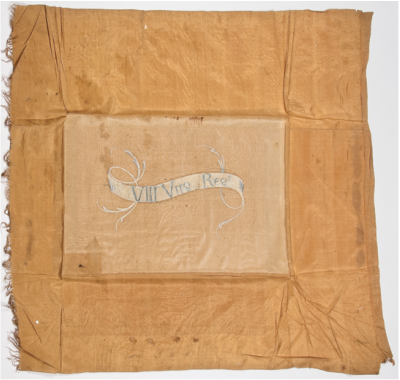 The 8th Virginia's regimental standard survived the war and was in the possession of the Muhlenberg family for two centuries. After about 1850 it seems never to have been displayed in public until it was put up for auction in 2012 along with some letters and other family artifacts. The lot was sold to a single bidder for more than $600,000. The final bid for the flag alone was $422,500. During the process, the flag was displayed for the first time in memory, and quality images of it were published in the Freeman's Auction House catalogue. The identity of the purchaser remains anonymous, however, which raised fears that the flag might never been seen by the public again. Recently, however, it was displayed again at the Winterthur Museum, Garden, and Library in Delaware for one day, along with two other flags. The event was coordinated with the Museum of the American Revolution. When that museum finally opens its doors in Philadelphia, perhaps we'll have more opportunities to see this very special artifact. 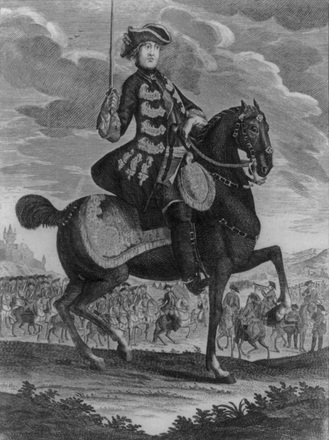 With all the unwelcome attention Fort Lee, N.J., has received lately, people might wonder why a Northern town carries the Southern-sounding name Lee. It is indeed named for a high-ranking general from Virginia — but not the obvious one. This one is buried right here in Philadelphia. Charles Lee was a frustrated British army officer who came to America in 1773 after being repeatedly passed over for promotions in London. After buying a home in Berkeley County, Va. (now in West Virginia), he schmoozed his way into a major general’s commission from the Continental Congress. Like that of an out-of-control rock star, his career soared to stratospheric heights and then plummeted to the lowest of depths in just a few years. Though he could be charming, Lee was not a good man. His approach to military discipline was to “flog them in scores.” Though he hated King George III, a relative of Lee’s wrote, “I think His Majesty and poor Mr. Lee are much upon a par; they are both vain and obstinate.” ...continue to The Philadelphia Inquirer. [Note: Since this essay first appeared in the Philadelphia Inquirer on March 2, 2014, new research by Mark Edward Lender and Garry Wheeler Stone (Fatal Sunday) and Christian McBurney (George Washington's Nemesis) have painted a more positive picture of General Lee's conduct at Monmouth,] More from The 8th Virginia Regiment
This vast territory can be characterized in two important ways. First, as the frontier. Second, and just as important at the time, the territory can be described as the part of Virginia populated by newcomers. Most of them had come inland via Pennsylvania and were neither English nor Anglican. Culturally, the Irish and German men of the regiment had more in common with Pennsylvania than with Piedmont or Tidewater Virginia. Those parts of Virginia--"Old Virginia" or "Tuckahoe Virginia" -- were very homogeneous. Most "nonconforming" churches were barely tolerated in most of Virginia but fared better west of the Blue Ridge. Still, Lutheran-trained Peter Muhlenberg had to go to London to be ordained in the Church of England in order to serve as Beckford Parish rector in Woodstock as late as 1772. Four years later he became the regiment's first colonel. In describing the 8th Virginia as the "German Regiment" and appointing German field officers to lead it, the Virginia Convention was making an effort to make sure the colony was united. At the same time, they were blocking Presbyterian Scotch-Irish from holding senior commands. Winchester's Daniel Morgan is the most prominent hero of the Shenandoah Valley, and he is rightly famous. However, other than the 1775-1776 rifle company he led as a captain, the military organizations he led were not true Shenandoah Valley units the way 8th was. In 1776 and 1777 he was colonel of the 11th Virginia, which recruited from Frederick County but also from Prince William, Amelia, and Loudoun counties; his famous Virginia rifle battalion, formed in 1777, was built on merit, not geography. As a general, he led men from even more places. The 8th Virginia truly represented the geography and the culture of the Shenandoah Valley. (Updated April 26, 2020 and May 9, 2024) More from The 8th Virginia Regiment |
Gabriel Nevilleis researching the history of the Revolutionary War's 8th Virginia Regiment. Its ten companies formed near the frontier, from the Cumberland Gap to Pittsburgh. Categories
All
Archives
June 2024
© 2015-2022 Gabriel Neville
|

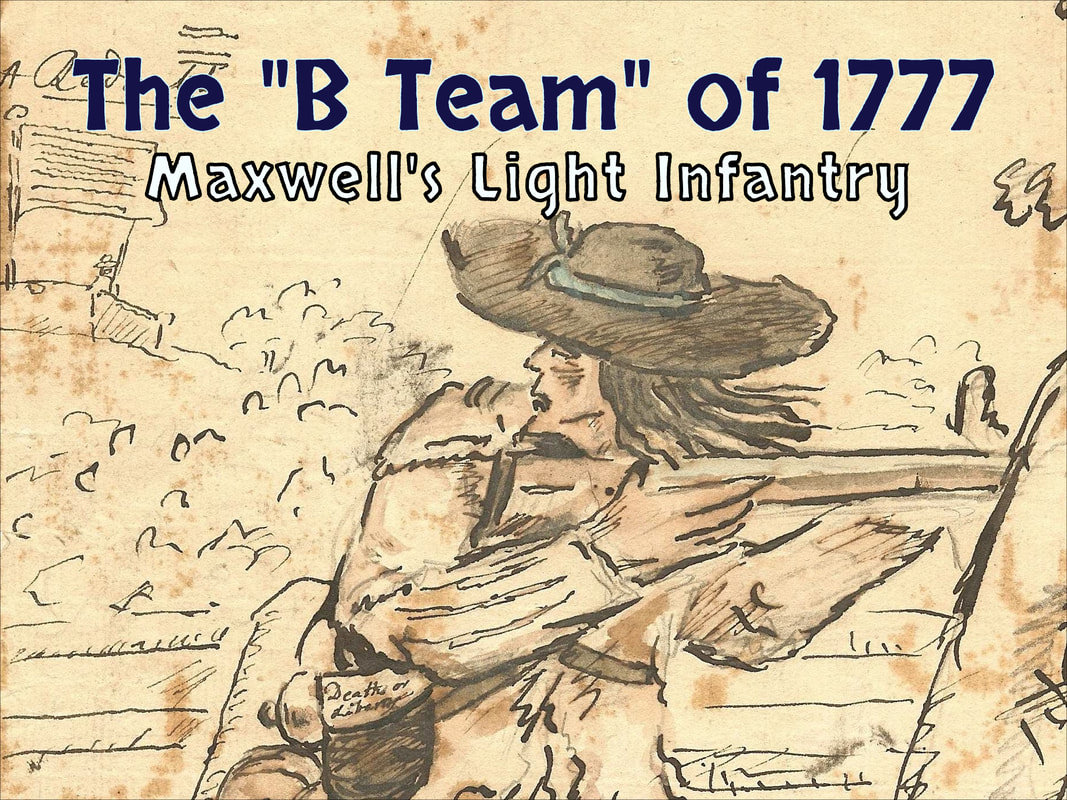
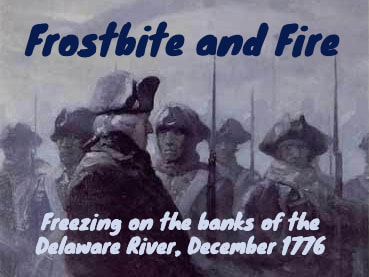
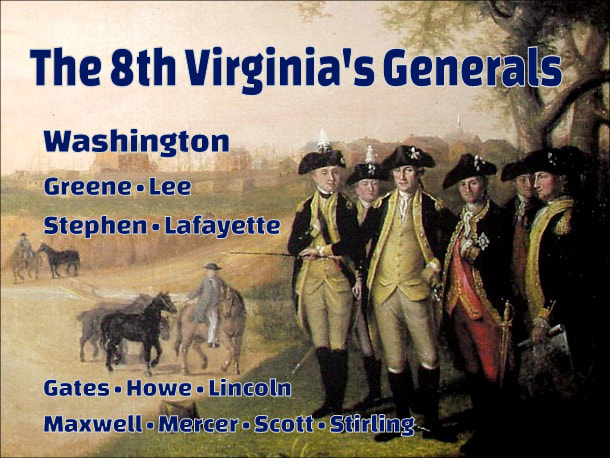

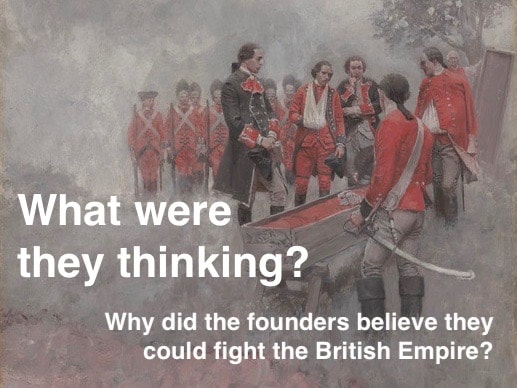
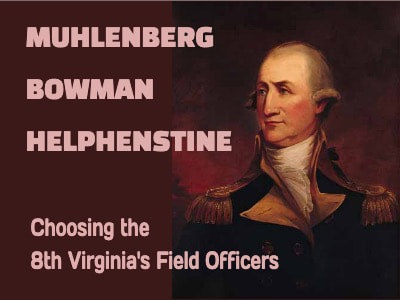

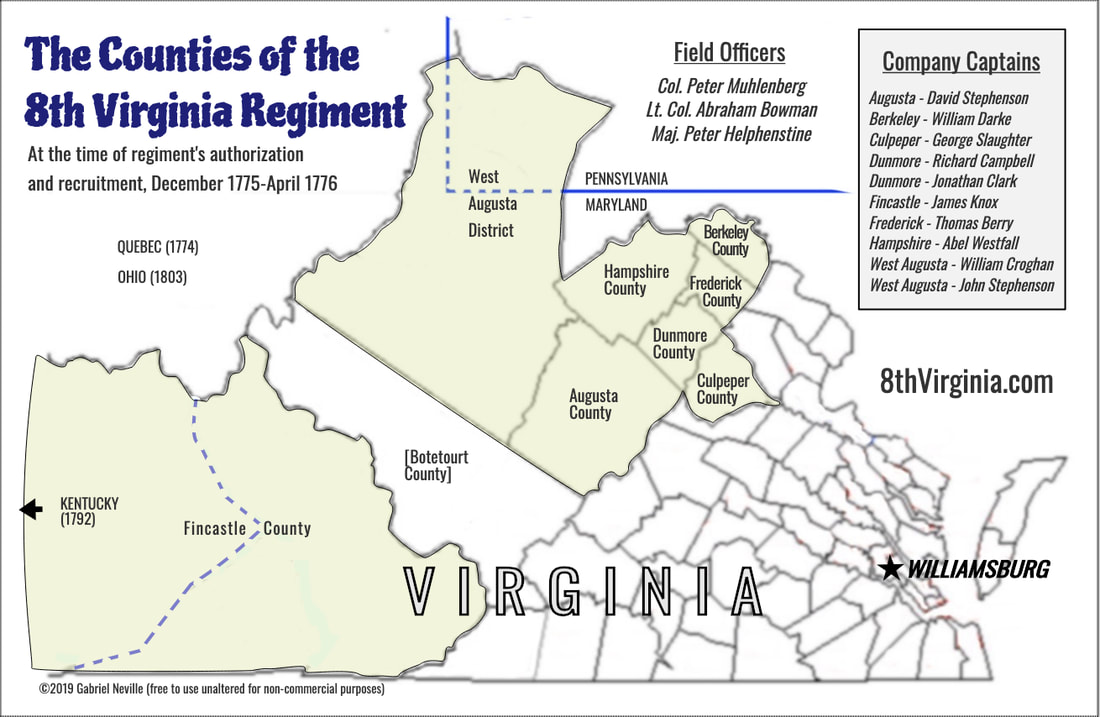
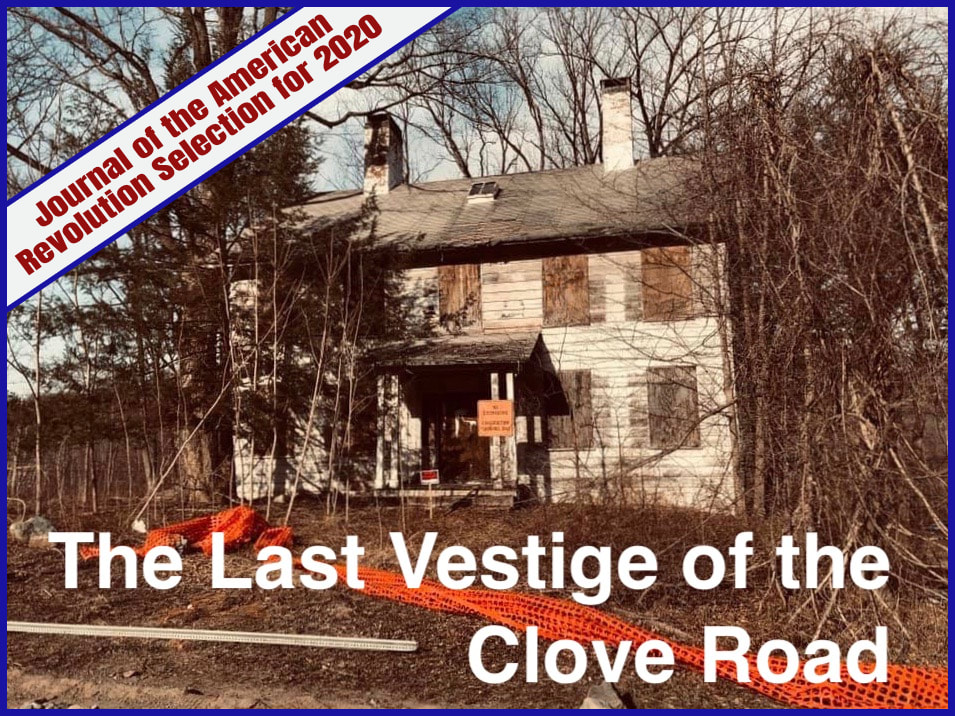
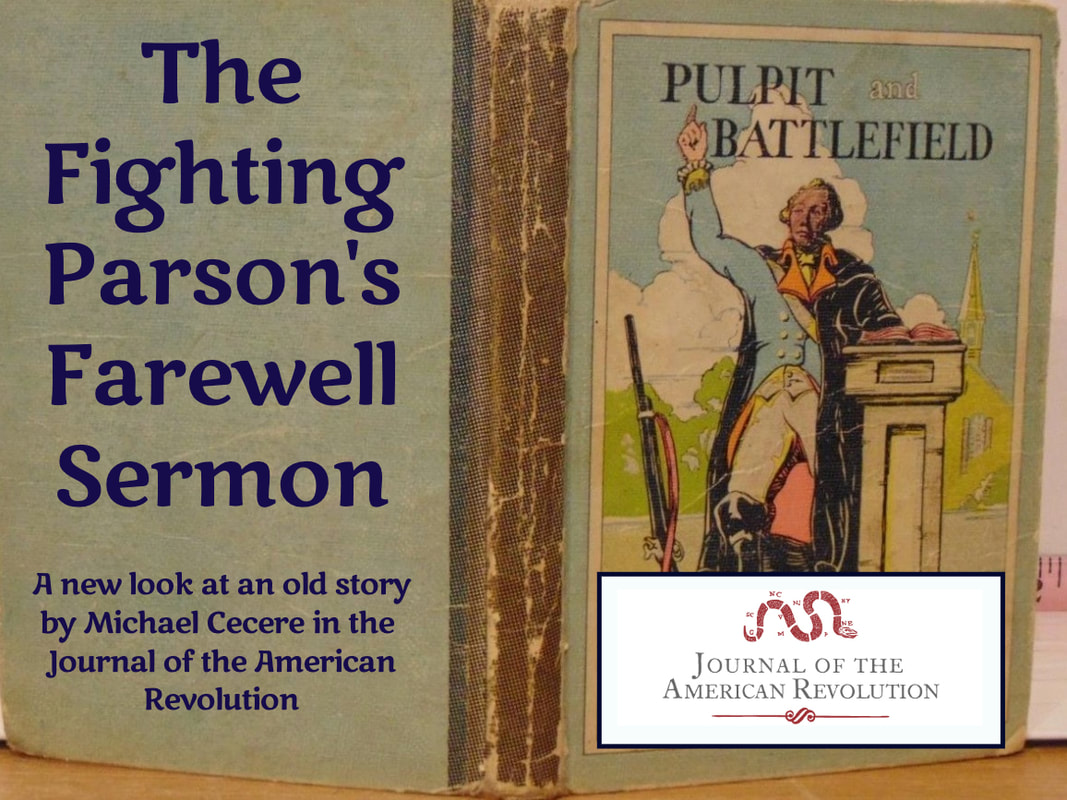
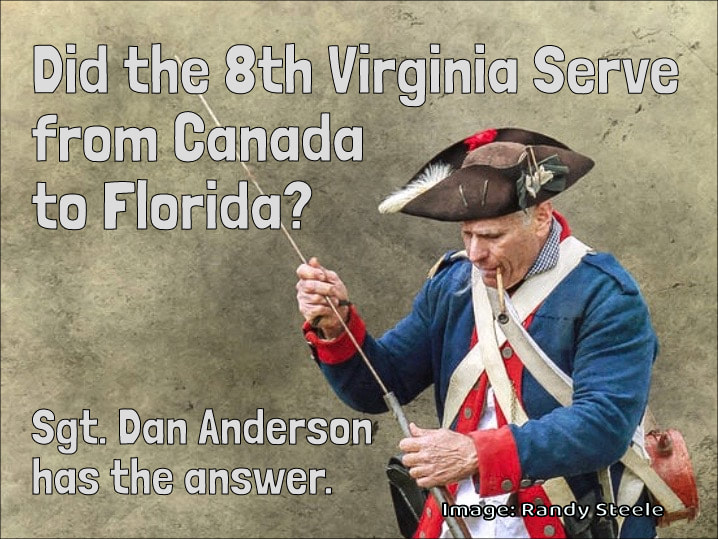
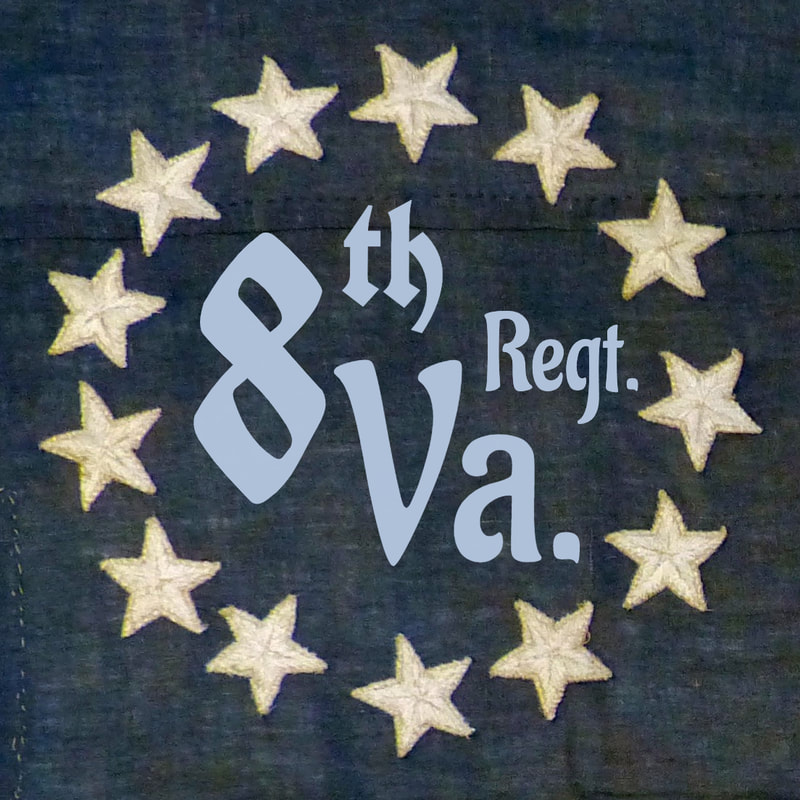
 RSS Feed
RSS Feed